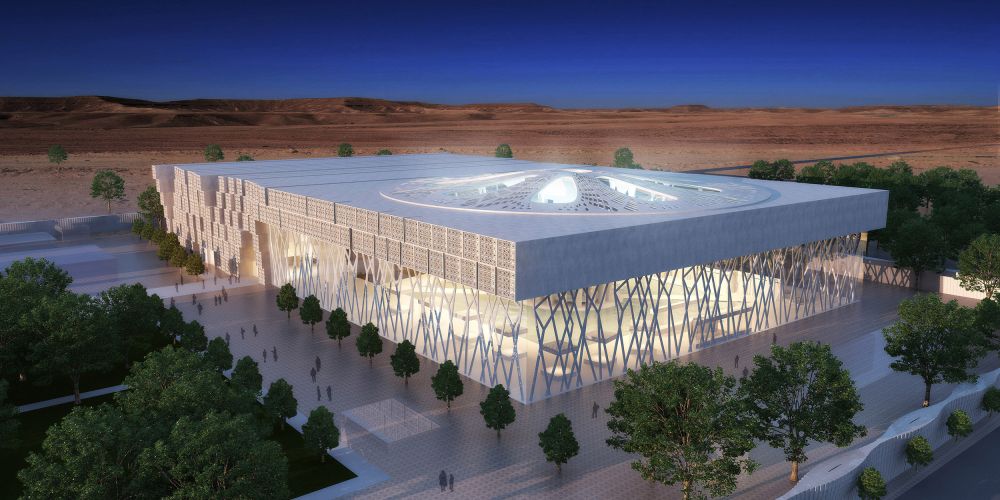

Located in the bustling city of Kabul, the National Gallery of Afghanistan stands as a testament to the country’s rich artistic heritage. Founded in 1962, it houses an impressive collection of art including miniatures, paintings, and historical photographic archives, providing visitors with a glimpse into Afghanistan’s cultural past and present.
Tourism in Afghanistan has a varied history, colored by the nation's unique blend of stunning landscapes and rich ancient cultures. Historical records show that, up to the late 1970s, Afghanistan was a destination for adventurous travelers drawn by the allure of its historical sites, including the Bamiyan Buddhas, and the exotic appeal of cities like Kabul and Kandahar.
The hippie trail of the 1960s and 70s further spotlighted Afghanistan as a vibrant stopover for travelers exploring the overland route between Europe and South Asia. However, with the Soviet invasion in 1979 and subsequent conflicts, tourism rapidly declined and the nation's prized cultural institutions, including the National Gallery, faced numerous challenges.
In recent years, there has been cautious optimism about the revival of tourism in Afghanistan, with the National Gallery playing a crucial role in cultural renaissance efforts. Despite ongoing conflicts, there's hope that the country's remarkable history and natural beauty will once again draw international visitors.
The contemporary security situation has put considerable constraints on the Afghan tourism industry. Nevertheless, there are emerging trends tailored to safe and sustainable travel within the country for those who can navigate the travel advisories. These include:
The National Gallery is home to over 8,000 artworks, ranging from contemporary art to artifacts reflecting Afghanistan's Islamic and pre-Islamic history. Noteworthy exhibits include:
Visitor Information: Visitors should check the local security conditions and the gallery's opening hours, which can be subject to change.